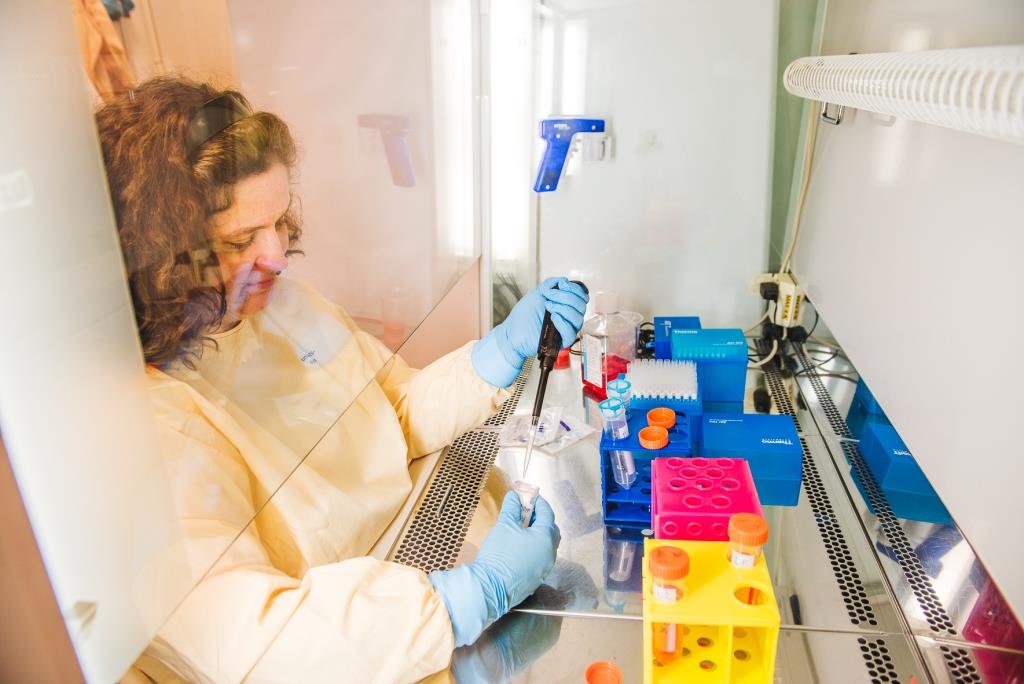Groups
|
Molecular Cardiology The research spans from biochemical structure-activity studies of target proteins, cell biologic studies, to experimental studies in appropriate disease models in genetically engineered mice. Several ongoing studies focus on CCN proteins, a family of matricellular proteins/growth factors that has been shown to be involved in tissue repair mechanisms and fibrosis. We have recently uncovered that these proteins are secreted as preproproteins that requires proteolytic processing following secretion from cells in order to become biologically active |

|
|
Integrated Cardiovascular Function The Integrated Cardiovascular Function Group studies cardiac mechanics in experimental models and in patients. The general objective is to gain new insights into mechanisms of cardiovascular disease and to develop new imaging modalities which quantify disease processes and cardiac function. The idea is to develop better diagnostic understanding and solutions and to translate these into improved clinical practice. |

|
|
Experimental Cell Transplantation Group leader: Senior Scientist Hanne Scholz Type 1 diabetes (T1D) is an autoimmune disease caused by destruction of the alpha- and beta cells in the pancreas. In spite of optimal insulin therapy periods of hyperglycemia induce serious vascular- and neurological complications that need addressing. The research group has a clear translational approach with projects ranging from clinical trials and outcome studies, experimental islets biology and cell transplant studies to advanced in vitro studies. |

|
|
Vilhelm Magnus Laboratory for Neurosurgical Research Group leader: Professor Einar Osland Vik-Mo The Vilhelm Magnus Laboratory (VML) is a translational research group for neurosurgery at Oslo University Hospital. We explore the biology underlying neurosurgical conditions and our research efforts encompass both normal and cancer cells from the human brain. It is thought that stem cells in glioblastoma are critically important in resistance to therapy. Therefore, there is a strong rationale to target these cells in order to develop new molecular therapies. The group has already identified differentially expressed cell properties including genes and signaling proteins that may have potential as new and specific targets for treatment of glioblastoma. |

|
